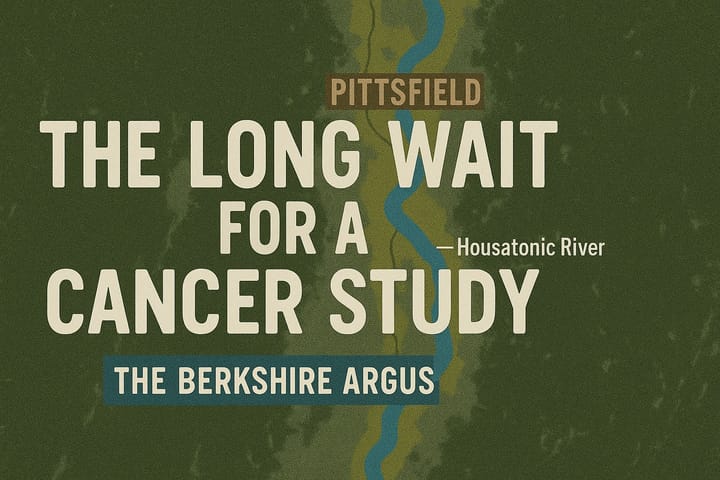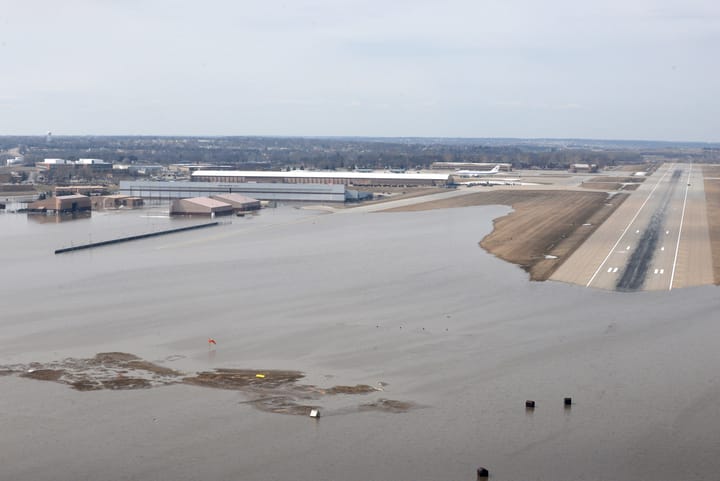In Great Barrington, a tale of two sidewalks
Without the Select Board’s knowledge, town officials secured a million-dollar state grant to aid a developer’s struggling luxury housing project and pay for a landscaped “pedestrian walkway.” Meanwhile, across town, safe sidewalks for low-income residents remain elusive and unfunded.





